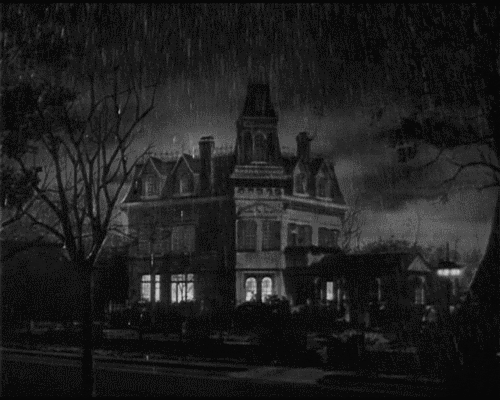Top 5 Product Photography Tips for Beginners
- Jenny D.

- Jan 31, 2020
- 4 min read
Updated: Apr 22, 2020
A picture might be worth a thousand words, but when it comes to product photography, photos can be worth serious money. Online shopping has improved our every day life considering consuming and has made it easier than ever to run a business based on eCommerce. The primal thing that you need is high-quality image editing.

You no longer need a storefront, as much staff, stockpiles, and a traditional marketing plan to sell. Well, this is good news... It is easier than ever to start selling products online in some simple steps.
Product Photography Impacts Your Brand
Great product photos influence brand perception, which is crucial for sales. Do you think customers are going to tell their buddies to purchase something from a website that looks like it might close up shop next week?

Product photography can additionally have an impact on SEO. Your photos must show exactly what you are selling in the best possible quality. Adding alt tags to product photos can also give a little SEO boost.
Rather than using the same dull stock photos anyone is using, appropriating your own product photographs can make your brand stand out.
Read also: How more product images lead to more sales
But what about taking those awesome shots?
The five tips of product photography
1. Select the Right Camera
The best product photos start with the right camera, but the purchase process can be rather terrifying. There are so many brands and a mass of acronyms that might not make much sense.
DSLR or mirrorless? What is an SLR anyway? What about a point and shoot? What if you don't have a budget for the best camera for product photography? Should you turn to a product image professional?
For the most suitable product photos, a DSLR or point and shoot camera is your best chance.
DSLR cameras allow you to swap for a macro lens, zoom lens, etc. and adjust settings such as white balance, aperture, and f-stop.
If that all seems too difficult, a point and shoot camera would be the best camera for product photography.
Point and shoot cameras offer fewer manual settings, which can restrict your ability to adjust to your surroundings. But, they are more straightforward to use and more affordable. If your photography skills are short, a point and shoot is a reliable option.
Smartphone cameras provide high-quality photos also nowadays. Many smartphones now have zoom features, macro settings, and portrait mode.
In general, follow these guidelines:
Avoid wide-angle lenses; they stretch your product and make it appear wider. Likewise, avoid a fisheye lens, which can warp your product.
If you use a DSLR, learn how to adjust the aperture and f-stop. Learn how to use the scene modes on your camera.
Pick a camera that works for your budget and your experience level. Remember, a very expensive camera only takes amazing photos if you know how to use it!
2. Use a Tripod
If you want to get a clear, in-focus, shot of your product, you want the stability of a tripod.
If your hand moves during shooting, you will end up with blurry or out of focus images. A tripod additionally permits you to get your camera in exactly the right place, then arrange camera settings or switch lighting without relocating it.
If you want high-quality images, you should invest in a tripod. If you are shooting with your smartphone, you can get a tripod shouldn't be expensive...
For a DSLR or point and shoot camera, look for a lightweight expandable.
The goal is to keep your camera steady; it doesn't have to look pretty!
3. Set Up Your Backdrop
There are three main options for a backdrop to style your product photos:
Lightbox for product photography, a fixture that produces a soft light and background.
Sweep, a curved background that can be created using a piece of poster board or sheet.
Natural setting - e.g. a person using your product or sitting in an environment where it might be used.
4. Get the Product Photography Lighting Right
Product photography lighting can be browbeating for novices. There are tons of choices, and you might not recognize the terminology, and external lighting can be really expensive.
Natural light is cheaper and generally simpler to manage. Set up your product by a well-lit window, and you are good to go. If you need more light on a specific area, use a piece of white poster board or sheet to reflect more natural light in that area.

Nevertheless, if you do not have a well-lit window or if you often shoot in the dusk, natural lighting might be too limiting. In this case, you might choose to external lighting or a lightbox.
Artificial light can produce more consistent and even more artistic lighting but it might not be for you if you have a very small budget.
5. Shoot In-Context Photos
In-context photos can highlight specific features and benefits, as well as showing direct use-cases. Blank backgrounds are easier but they do not convert as much.
Realistic photos can highlight how your product looks in real life and how buyers might use the item.
In any case, a great photo needs great editing. I f you do not know how to do professional image editing you should approach a professional to do it. Your product images should be optimized for eCommerce websites.



Comments